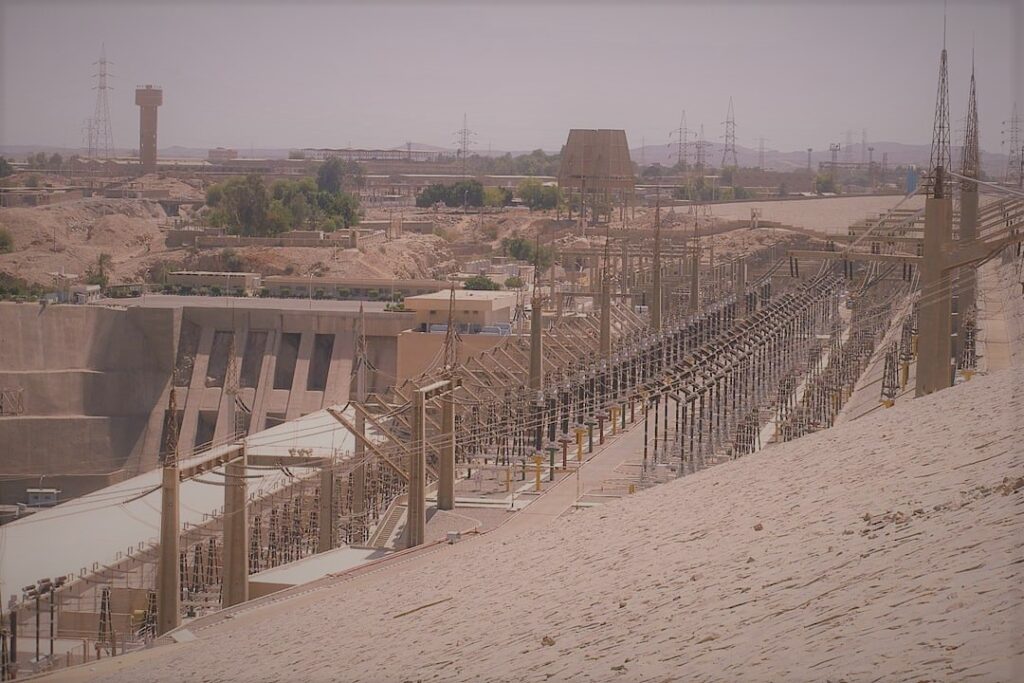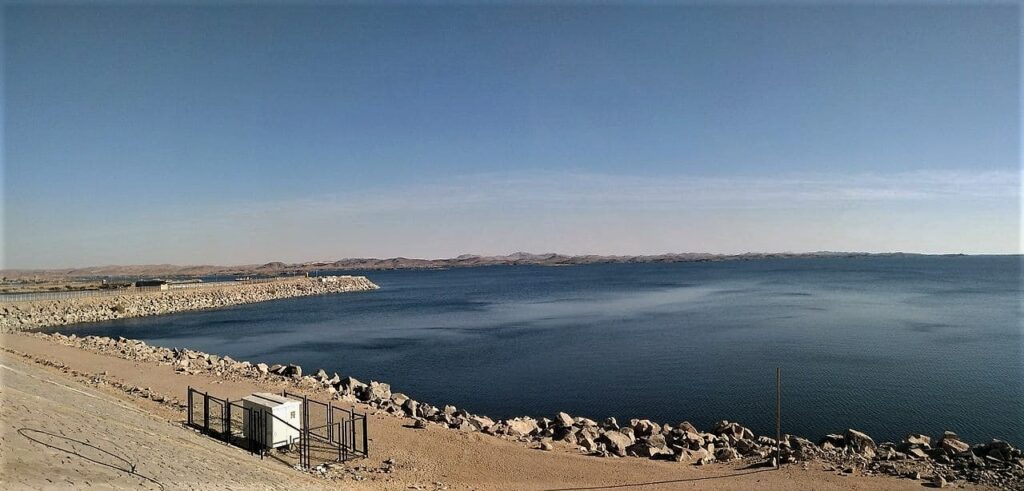
About
Building on the success of the Low Dam, which was then in full use, the construction of the High Dam became a key government goal after the Egyptian Revolution of 1952. With its ability to better control flooding, store more water for irrigation, and generate hydroelectric power, the dam was seen as crucial to Egypt’s planned industrialization. it could be kept for several years for later publication.
Construction history
The first recorded attempt to build a dam near Aswan was in the 11th century when the Arab scholar and engineer Ibn al-Haytham (known in the West as Alhazen) was ordered by the Fatimid caliph Al-Hakim bi nach Egypt was invoked -Amr Allah to regulate the flooding of the Nile, a task that required an early attempt at an Aswan dam. His fieldwork convinced him of the impracticability of this scheme.
Aswan Low Dam (1898–1902)
The British began building the first dam across the Nile in 1898. Construction lasted until 1902 and the dam opened on December 10, 1902. The project was designed by Sir William Willcocks and involved a number of outstanding engineers including Sir Benjamin Baker and Sir John Aird, whose company John Aird & Co. was the main contractor
Aswan High Dam prelude (1954–1960)
The Free Officers were convinced that the water of the Nile had to be stored in Egypt for political reasons, and within two months Daninos’ plan was approved.Initially, both the United States and the USSR were interested in supporting the development of the dam. The United States and United Kingdom offered to finance the construction of the high dam with a $270 million loan in exchange for Nasser’s leadership in resolving the Arab-Israeli conflict. Egyptian President Nasser and Soviet leader Nikita Khrushchev at the ceremony to divert the Nile during the construction of the Aswan High Dam, May 14, 1964.
You Can View Our Aswan Tours Now
-

Aswan High Dam -

Aswan High Dam -

Aswan High Dam -

Aswan High Dam -

Aswan High Dam -

Aswan High Dam -

Aswan High Dam -

Aswan High Dam Maps -

Aswan High Dam Maps
Construction and filling (1960–1976)
The Soviets also provided technicians and heavy machinery. The huge stone and clay dam was designed by the Soviet Hydroelectric Projects Institute together with some Egyptian engineers. 25,000 Egyptian engineers and workers contributed to the construction of the dams. The project was led by Osman Ahmed Osman’s Arab Contractors. The relatively young Osman offered half less than his only competitor.
1960: Construction began on January 9, 1964: The construction phase of the first dam was completed, the reservoir began to fill up. 1970: The High Dam, as-Sad al-‘Aali, was completed on July 21, 1976: the reservoir has reached its capacity
Specifications
The Aswan High Dam is 4,000 m (13,000 ft) long, 980 m (3,220 ft) wide at the base, 40 m (130 ft) wide at the top and 111 m (364 ft) deep, high or high. A maximum of 11,000 cubic meters per second (390,000 cu ft/s) of water can flow through the dam. There are other emergency spillways for an additional 5,000 cubic meters per second (180,000 cu ft/s), and the Toshka Canal connects the reservoir to the Toshka Depression. It contains 132 cubic kilometers (1.73 × 1011 yd3) of water.
Irrigation scheme
The Aswan High Dam releases an average of 55 cubic kilometers (45,000,000 acre⋅ft) of water per year, of which about 46 cubic kilometers (37,000,000 acre⋅ft) is diverted into the canals. In the Nile Valley and Delta, nearly 336,000 square kilometers (130,000 sq mi) benefit from these waters, producing an average of 1.8 crops per year. a large number of underground drainage projects carried out in recent decades to control groundwater levels and soil salinity.
Effects
The high dam has resulted in protection from floods and droughts, increased agricultural production and employment, electricity generation and improved shipping, which also benefits tourism. One estimate put the annual economic benefit of the high dam immediately after its completion was 255 million LE, US$587 million using the 1970 exchange rate of US$2.30 per 1 LE): 140 million LE agricultural production, 100 million LE hydroelectric power generation, 10 LE million flood protection and LE 5 million improved navigation.
Drought protection, agricultural production and employment
The High Dam enabled Egypt to recover around 2.0 million feddan (840,000 hectares) in the Nile Delta and along the Nile Valley, increasing the country’s irrigated area by a third. and by managing 385,000 hectares (950,000 acres) formerly used as flood control reservoirs, about half a million families settled on these new lands. -flow periods. For example, wheat yields in Egypt tripled between 1952 and 1991, and better water availability contributed to this increase.
Electricity production
The dam powers twelve generators each rated at 175 megawatts (235,000 hp) for a total of 2.1 gigawatts (2,800,000 hp). percent in 1998) and gave most Egyptian villages the use of electricity for the first time.
-
 Crucero por el lago Nasser: 4 días desde Asuán395.00 € – 795.00 €
Crucero por el lago Nasser: 4 días desde Asuán395.00 € – 795.00 € -
 Crucero por el Nilo de Asuán a Luxor ( 3 noches sin Abu Simbel )195.00 € – 499.00 €
Crucero por el Nilo de Asuán a Luxor ( 3 noches sin Abu Simbel )195.00 € – 499.00 €
